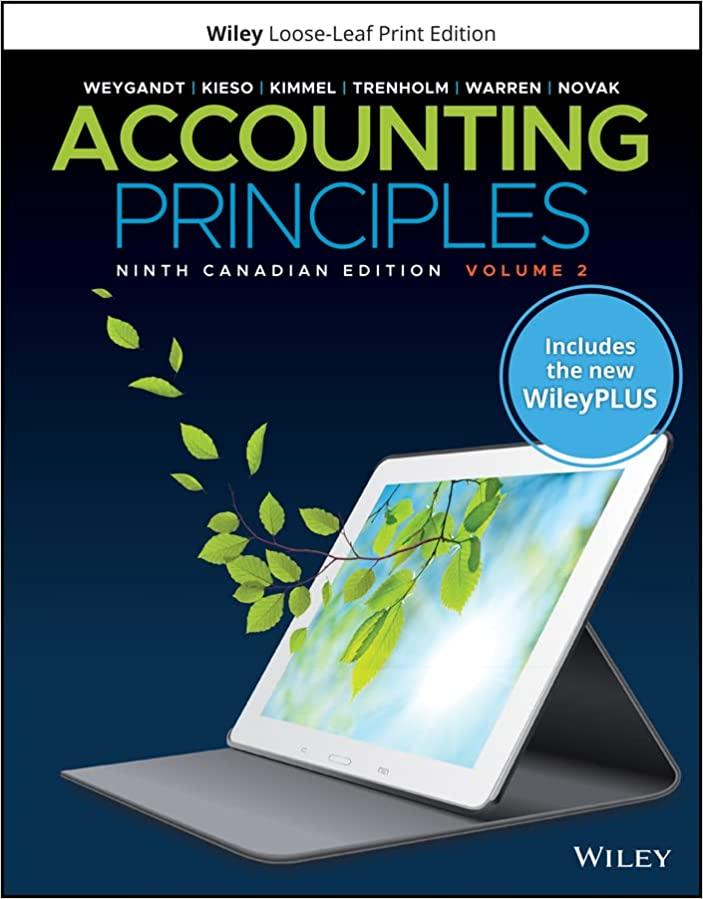



David Dennison, majority stockholder and president of Dennison, Inc., is working with his top managers on future plans for the company. As the company's managerial accountant, you've been asked to analyze the following situations and make recommendations to the management team. Read the fequirements. Requirement 1. Division A of Dennison, Inc. has $5,100,000 in assets. Its yearly fixed costs are $949,500, and the variable costs of its product line are $1.90 per unit. The division's volume is currently 530,000 units. Competitors offer a similar product, at the same quality, to retailers for $4.25 each. Dennison's management team wants to earn a 6% return on investment on the division's assets. 1a. What is Division A's target full product cost? Current fixed costs Less: Desired profit Target full product cost a. b. C. 1. Division A of Dennison, Inc. has $5,100,000 in assets. Its yearly fixed costs are $949,500, and the variable costs of its product line are $1.90 per unit. The division's volume is currently 530,000 units. Competitors offer a similar product, at the same quality, to retailers for $4.25 each. Dennison's management team wants to earn a 6% return on investment on the division's assets. What is Division A's target full product cost? Given the division's current costs, will Division A be able to achieve its target profit? Assume Division A has identified ways to cut its variable costs to $1.75 per unit. What is its new target fixed cost? Will this decrease in variable costs allow the division to achieve its target profit? d. Division A is considering an aggressive advertising campaign strategy to differentiate its product from its competitors. The division does not expect volume to be affected, but it hopes to gain more control over pricing. If Division A has to spend $100,000 next year to advertise and its variable costs continue to be $1.75 per unit, what will its cost-plus price be? Do you think Division A will be able to sell its product at the cost-plus price? Why or why not? 2. The division manager of Division B received the following operating income data for the past year: Division B of Dennison, Inc. Income Statement For the Year Ended December 31, 2024 Product Line T205 B179 Total Net Sales Revenue $ 360,000 $ 370,000 $ 730,000 Cost of Goods Sold: Variable 32,000 78,000 46,000 62,000 Fixed 210,000 272,000 242,000 108,000 350,000 Total Cost of Goods Sold Gross Profit 118,000 262,000 380,000 Gross Profit 118,000 262,000 380,000 Selling and Administrative Expenses: Variable 71,000 49,000 78,000 24,000 149,000 73,000 Fixed 120,000 102,000 222,000 Total Selling and Administrative Expenses $ (2,000) $ 160,000 $ 158,000 Operating Income (Loss) The manager of the division is surprised that the T205 product line is not profitable. The division accountant estimates that dropping the T205 product line will decrease fixed cost of goods sold by $84,000 and decrease fixed selling and administrative expenses by $9,000. Prepare a differential analysis to show whether Division B should drop the T205 product line. b. What is your recommendation to the manager of Division B? 3. Division C also produces two product lines. Because the division can sell all of the product it can produce, Dennison is expanding the plant and needs to decide which product line to emphasize. To make this decision, the division accountant assembled the following data: a. Per Unit K707 G582 Sales price $ 86 $ 40 28 Variable costs 22 $ 58 $ 18 Contribution margin Contribution margin ratio 67.4% 45% After expansion, the factory will have a production capacity of 4,500 machine hours per month. The plant can manufacture either 27 units of K707s or 55 units of G582s per machine hour. a. Identify the constraining factor for Division C. b. Prepare an analysis to show which product line to emphasize. a. 4. Division D is considering two possible expansion plans. Plan A would expand a current product line at a cost of $8,500,000. Expected annual net cash inflows are $1,600,000, with zero residual value at the end of 10 years. Under Plan B, Division D would begin producing a new product at a cost of $8,250,000. This plan is expected to generate net cash inflows of $1,120,000 per year for 10 years, the estimated useful life of the product line. Estimated residual value for Plan B is $1,200,000. Division D uses straight-line depreciation and requires an annual return of 8%. Compute the payback, the ARR, the NPV, and the profitability index for both plans. b. Compute the estimated IRR of Plan A. Use Excel to verify the NPV calculations in Requirement 4(a) and the actual IRR for the two plans. How does the IRR of each plan compare with the company's required rate of return? d. Division D must rank the plans and make a recommendation to Dennison's top management team for the best plan. Which expansion plan should Division D choose? Why? C










